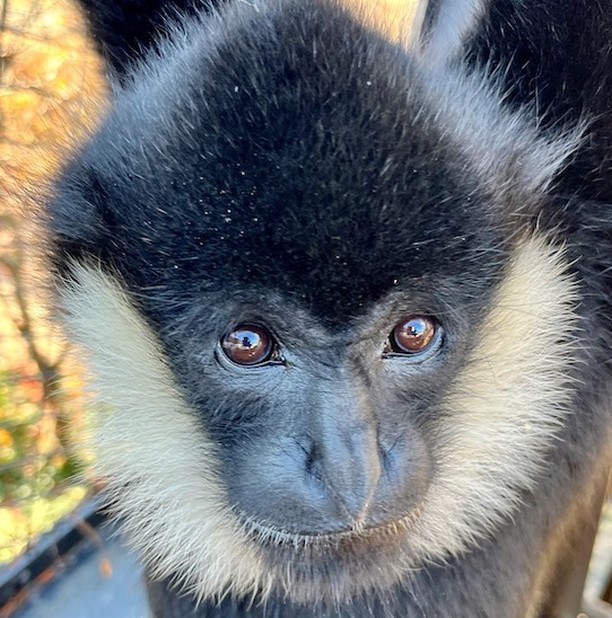- Introduction to White-cheeked Gibbons and Their Unique Locomotion
- Detailed Mechanics of Brachiation
- Murray’s Monday Swing: Behavioral and Ecological Significance
- Conservation Efforts and Challenges Facing White-cheeked Gibbons
- The Role of Zoological Parks in Gibbon Conservation and Education
White-cheeked gibbons are fascinating members of the primate family, widely recognized for their remarkable mode of movement through the forest canopy. Using brachiation, they transform the daunting task of navigating the treetops into an elegant dance. Instead of merely grasping branches with their fingers, these gibbons form a loose hook with their hands, swinging effortlessly using a series of hand-over-hand motions.
Brachiation, the specialized form of movement employed by white-cheeked gibbons, is characterized by its efficiency and speed. This mechanism allows gibbons to cover significant distances with minimal energy expenditure, illustrating a sophisticated adaptation to an arboreal lifestyle. By suspending their bodies beneath branches, gibbons reduce the risk of predator encounters on the forest floor and gain access to a wider range of food resources found at various heights in the canopy.
Murray, a white-cheeked gibbon in a zoological park, exemplifies the behavior and ecological significance of this species. When Murray swings into a new week with his typical brachiation, he showcases not only his natural agility but also the intricate balance gibbons maintain in their native habitats. This movement is more than just a way to get around; it is vital for foraging, socializing, and avoiding threats.
The conservation status of white-cheeked gibbons is concerning. These primates face numerous threats, including habitat loss due to deforestation, illegal pet trade, and hunting. Conservation efforts are critical to preserving their populations, but challenges remain substantial. Protecting their habitats and implementing anti-poaching measures are vital steps, yet raising public awareness and fostering a connection between humans and these primates is equally important.
Zoological parks play a crucial role in the conservation and education of species like the white-cheeked gibbon. By housing individuals like Murray, these facilities offer the public a chance to observe and learn about gibbons up close, fostering a deeper appreciation and understanding of their plight. Zoological parks also contribute to breeding programs, research, and rehabilitation efforts, all of which are essential components of a broader conservation strategy.
Understanding the delicate dance of brachiation and the daily life of gibbons like Murray is not solely an academic exercise. It aids in grasping the complexities of conserving a species intricately linked to the health of forest ecosystems. With gibbons serving as indicators of forest biodiversity, their preservation signifies the protection of numerous other species sharing their environment. This interconnectedness highlights the broader ecological impacts of conservation work and underscores the importance of holistic approaches in wildlife preservation.
*****
Source Description
Murray swingin’ into a new week 😌
White-cheeked gibbons use a highly specialized form of locomotion called brachiation! This means that instead of grasping at branches with their fingers, their hands form a loose hook around branches, enabling them to swing through the trees using a hand-over-hand motion.


